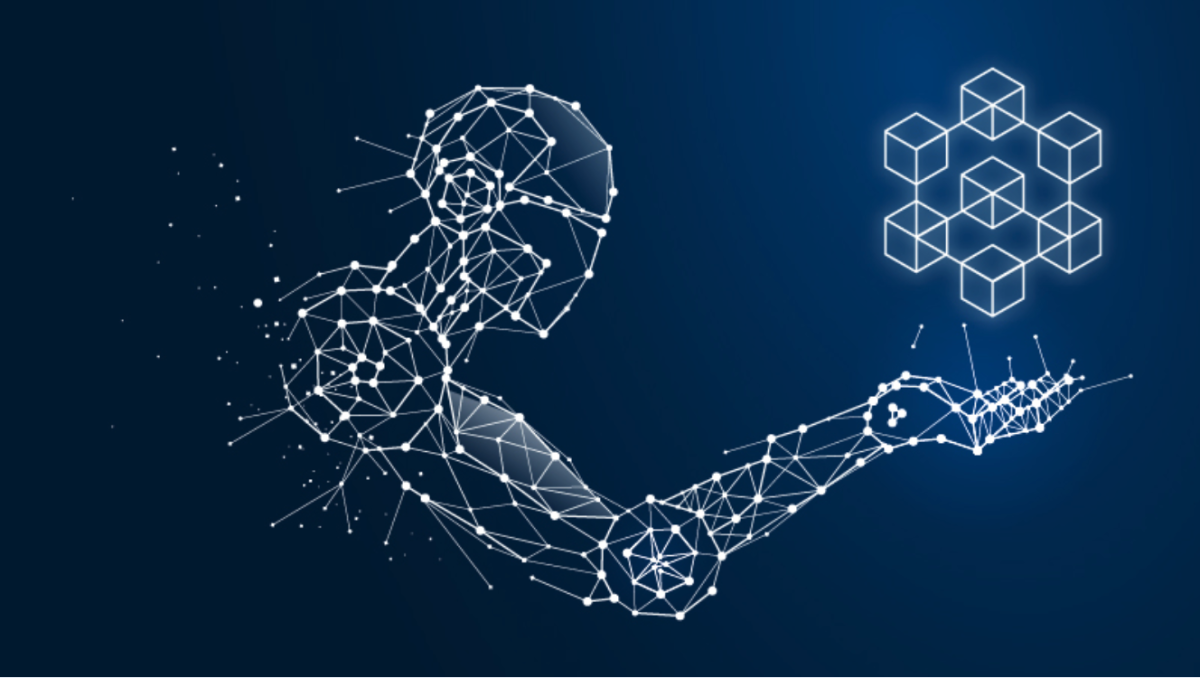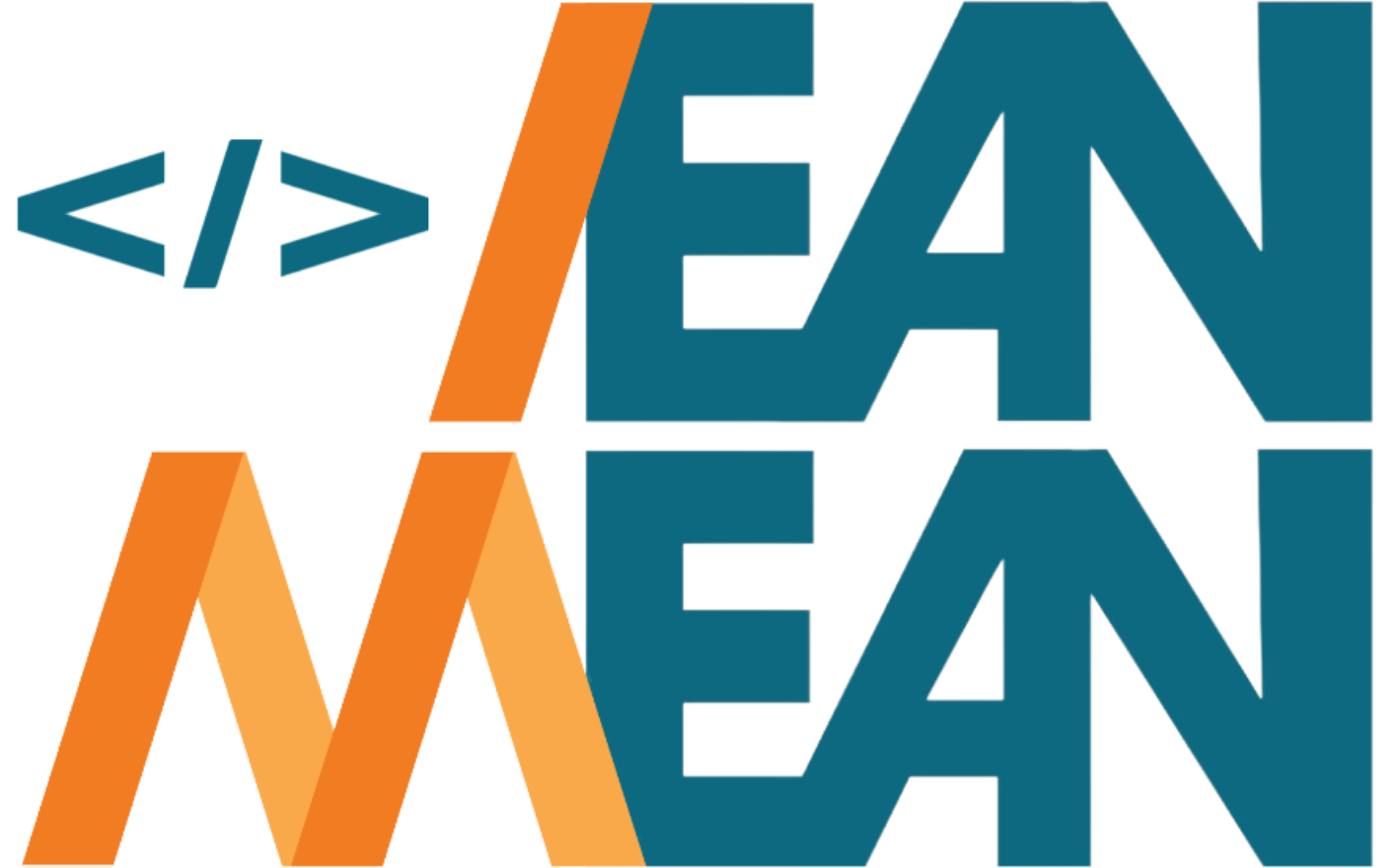To build a complete blockchain using Rust, one approach is to use a Rust-based blockchain framework such as Substrate or Parity. These frameworks provide a robust set of tools and libraries to help developers build custom blockchain applications. Rust is a popular systems programming language that has gained widespread adoption in recent years. Its focus on performance, safety, and reliability make it an ideal choice for building complex systems, including distributed ledgers such as blockchains. In this article, we will explore the Rustacean way to build a complete blockchain using ChatGPT.

Understanding Rust and ChatGPT
Before we dive into the specifics of building a blockchain using Rust and ChatGPT, let’s first define what these technologies are. Rust is a systems programming language that was first released in 2010. It was designed to be fast, safe, and reliable, making it an ideal choice for building complex systems.
ChatGPT, on the other hand, is a powerful language model trained by OpenAI that can generate text in response to various prompts. It uses deep learning to generate natural language responses to a wide range of prompts.
The Rustacean Way
The Rustacean way is a term used to describe the philosophy and approach to programming that is embraced by the Rust community. This approach emphasizes performance, safety, and reliability, and encourages developers to write code that is efficient, concise, and easy to understand.
Building a Complete Blockchain using Rust and ChatGPT
With this philosophy in mind, let’s explore how we can use Rust and ChatGPT to build a complete blockchain. Here are the steps involved:
Step 1: Define the Data Structures
The first step in building a complete blockchain is to define the data structures that will be used to store and manage the data. In Rust, this can be done using structs, which are similar to classes in other languages. The data structures for a complete blockchain typically include a block, a transaction, and a blockchain itself.
Step 2: Define the Block Structure
Once the data structures have been defined, the next step is to define the structure of the block. In a blockchain, each block contains a set of transactions that have been verified and added to the chain. The block structure typically includes fields such as the block header, the list of transactions, and the block hash.
Step 3: Define the Transaction Structure
The transaction structure defines the format of the data that will be stored in the blockchain. This typically includes fields such as the sender address, the recipient address, and the amount of cryptocurrency being transferred.
Step 4: Implement the Consensus Algorithm
The next step is to implement the consensus algorithm that will be used to verify and validate new transactions. In a blockchain, this is typically done using a proof-of-work algorithm, which requires participants to perform a computationally intensive task in order to add a new block to the chain.
Step 5: Implement the P2P Network
Once the consensus algorithm has been implemented, the next step is to build the peer-to-peer (P2P) network that will be used to distribute and synchronize the blockchain across all participants. This can be done using Rust’s networking libraries, which provide a powerful and flexible way to build P2P networks.
Step 6: Implement the Smart Contract Engine
Finally, the smart contract engine can be implemented using ChatGPT. Smart contracts are self-executing contracts with the terms of the agreement between buyer and seller being directly written into lines of code. The smart contract engine processes the smart contracts and executes them when appropriate.
Conclusion
In conclusion, building a complete blockchain using Rust and ChatGPT involves defining the data structures, implementing the consensus algorithm and the P2P network, and building the smart contract engine. By following the Rustacean way, we can build a blockchain that is fast, safe, and reliable. While the process may be complex, the end result is a powerful and flexible system that can be used to facilitate secure and transparent transactions.
